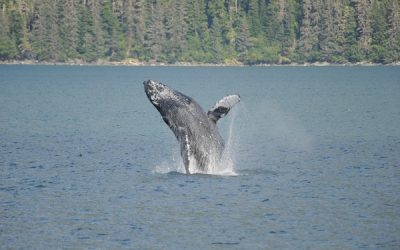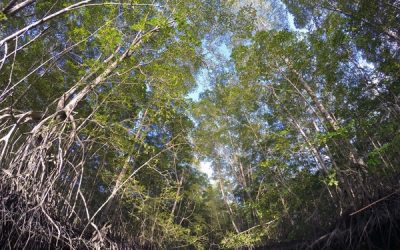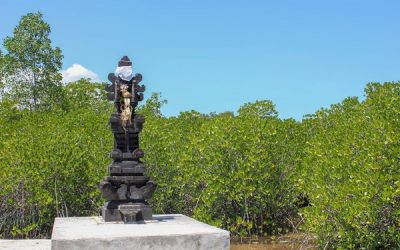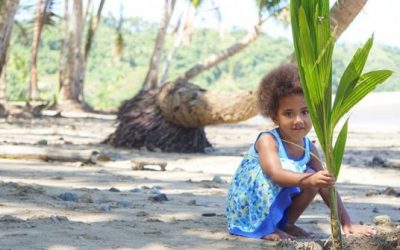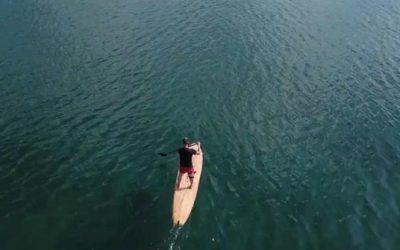Resources
STORY MAPS
NEWSLETTERS
NEWS
Sea creatures and their carbon sequestration potential
As the prospect of catastrophic effects from climate change becomes increasingly likely, a search is on for innovative ways to reduce the risks. One potentially powerful and low-cost strategy is to recognize and protect natural carbon sinks – places and processes that...
Blue Bonds: An Audacious Plan to Save the World’s Oceans
Can Blue Bonds really save the world's oceans? - An original article by The Nature ConservancyTrouble in ParadiseThere’s no longer any denying that our oceans are in a dire state. Overfishing has decimated global fish populations; climate change and ocean acidity...
New satellite-based maps of mangrove heights
Mangroves provide a wide array of ecosystem services and among them carbon sequestration is widely acknowledged. A recent Nature Geoscience article explores the Global distribution of mangrove canopy height.Mangrove forests burst with life, thriving in the muddy and...
Options to use Art 6 for blue carbon management
"Article 6 of the Paris Agreement can become the international mechanism that provides the necessary incentive for host countries to fully integrate coastal blue carbon into their NDCs" (Herr et al. 2018).It still happens that the term blue carbon is...
Marine life – deep sea heroes fighting climate change
Most efforts to address carbon emissions focus on land-based solutions such as conserving or replanting forests. However, marine life may be unlikely heroes in our fight against climate change and in avoiding the major global disasters warned of in the latest report...
Oasis dreaming
Blue forests Djibouti - the Global Environment Facility has supported the restoration of mangrove forests to provide fishing communities a buffer for important ecosystems and help them adapt to climate change.
Nature-based solutions
Nature is a powerful ally in tackling climate change. Yet it does not receive the attention it deserves in the debate about how to accomplish a transition towards a zero net emission society. Natural ecosystems such as forests, soils and peatlands are the most...
Beyond Blue Carbon
by Alicia Medina Villanueva & Juliane VatterWhen talking about mangroves, the funny looking trees with entangled roots living in the coasts of tropical and subtropical regions, there is so much you can say! First of all, there are around 80 described species...
Climate change is wiping out the secret to Fiji’s international rugby success
Namatakula is a small village in Fiji found on a long stretch of the country’s most beautiful coastline: the Coral Coast. Every year, hundreds of thousands of tourists flock from around the world to this 80 kilometre stretch of white sand and turquoise water.But the...
Cloud computing to speed up stocktaking of Northwest Pacific blue carbon sinks
Cloud computing technology can speed up the assessment of Northwest Pacific seagrass beds which nurture biodiversity, purify seawater and mitigate climate change but are threatened by human activities and natural disasters, says a study by the UN Environment Regional...





